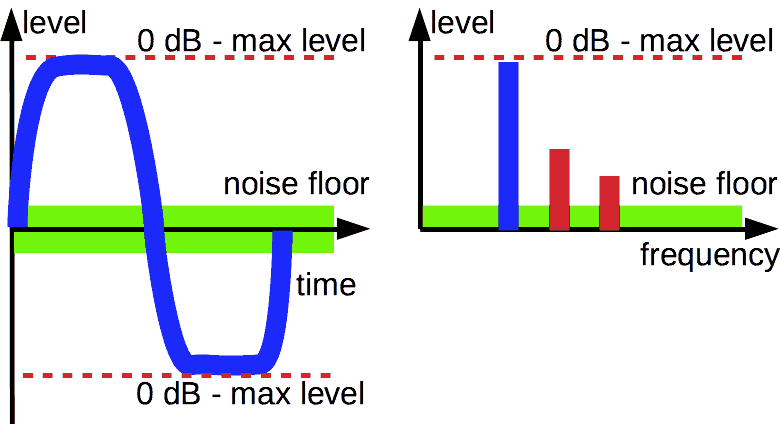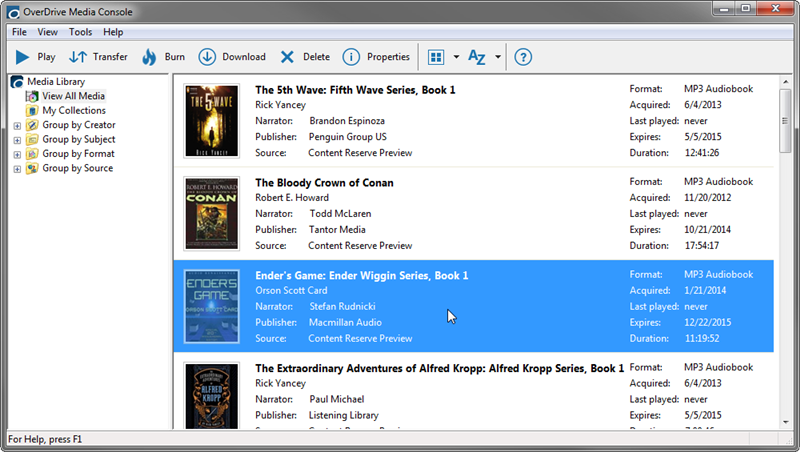

That’s all you need to know to understand the principle, but if you want to dive a little deeper, read on! 🙂 At that time 0 dB = 1 milliwatt at a resistance of 600 Ohm was chosen. The well-known VU meter you find on analog mixing consoles (see image above) shows this: if it points to 0 dB, the signal has the optimal level for that device. It makes most sense to agree that 0 dB is a certain amount of electricity in the equipment. Great decision! So a reference point was needed. Many years ago a few people decided that all audio equipment should be able to be connected to each other. You will never see +40dBFS, because that would be louder than the loudest sound you can record. As a result, this scale uses negative values, like -10dBFS, or -40 dBFS. If you try to record something that is louder, it will distort right away. The reference point here is the loudest sound you can record in digital equipment before it will overload. You will find it on most plugins and in your DAW. 130dB = too much sound, it hurts your ears.įS stands for ‘Full Scale’, the scale used in digital audio equipment. The reference point is the absolute limit of our hearing. Below are the four reference points that you will come across most when mixing. ‘FS’ and ‘m’ indicate the reference point. You have to mention what reference point you use. And that’s the basis of all the confusion: If you set the volume of a recording to ’30 dB’, it doesn’t say anything about the loudness.

We measure in decibels, but here too there are different reference points. Why are we suddenly talking about the weather? Because it’s the same with measuring sound. With Celsius it is the freezing point, but with Kelvin it is the absolute zero below which temperatures do not exist. But at 35 degrees Kelvin that same sea is covered with a thick layer of ice and it’s so cold that there might not even be life. At 35 degrees Celsius it is pretty warm outside and many people will go to the beach and cool off in the sea. They all have a different reference point. Depending on if I am talking about degrees Celsius, Fahrenheit or Kelvin. When I talk about a temperature of 35 degrees it can mean different things. And now you can turn up that guitar track, so it will have the impact you want it to have!

If you then add these same frequencies a little in the vocals/voice-over, you have reduced the masking effect even more. But if you know that the problem is mainly between 2 and 6 kHz, it’s much better to grab an equalizer and just turn back those frequencies a bit in the guitar track. If you try to mix a voice-over/vocal track with music track that happens to contain a lot of electric guitar, you’ll notice you will have to turn it down a lot to make sure it doesn’t get in the way. A bass guitar will eventually also mask the vocals, but you’ll have to turn it up much louder before that happens.
So an electric guitar will mask the vocal track very quickly, you don’t even have to turn it up very loud. As you can see in the frequency overview in the part Hz, kHz, Frequencies…What? an electric guitar also has a peak in about that same range. Practical example: the frequencies that provide intelligibility in a vocal or voice-over recording are between 2 and 6 kHz. Masking happens when two sounds are in approximately the same frequency range.


 0 kommentar(er)
0 kommentar(er)
